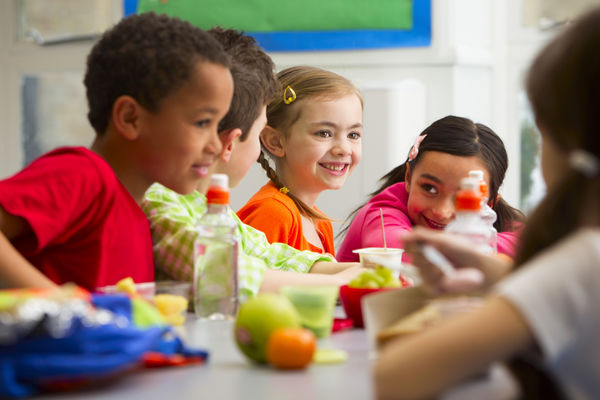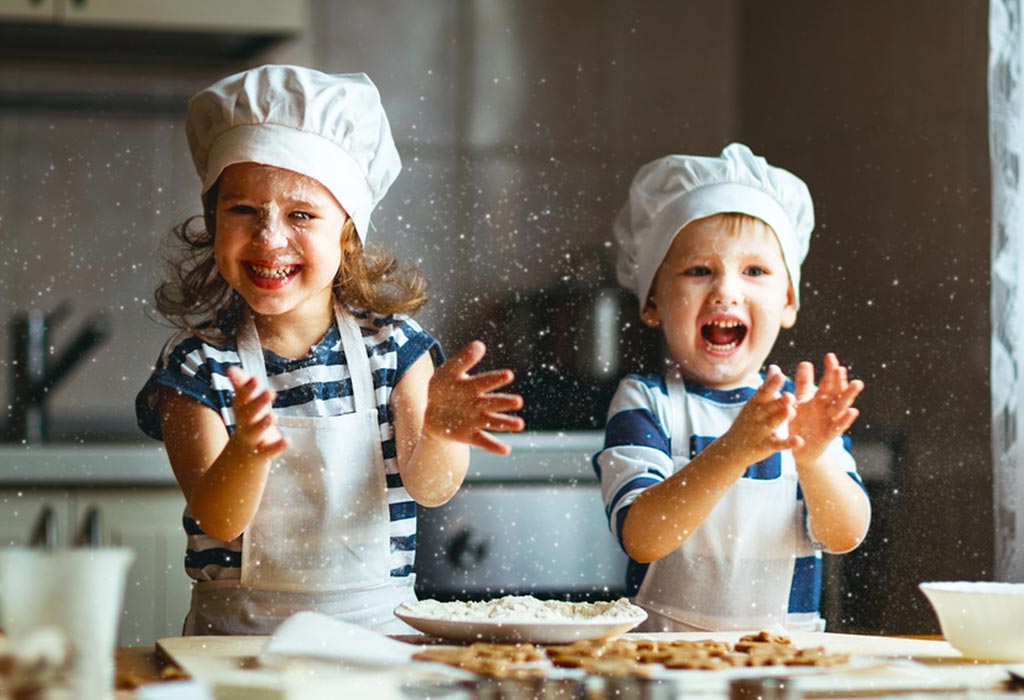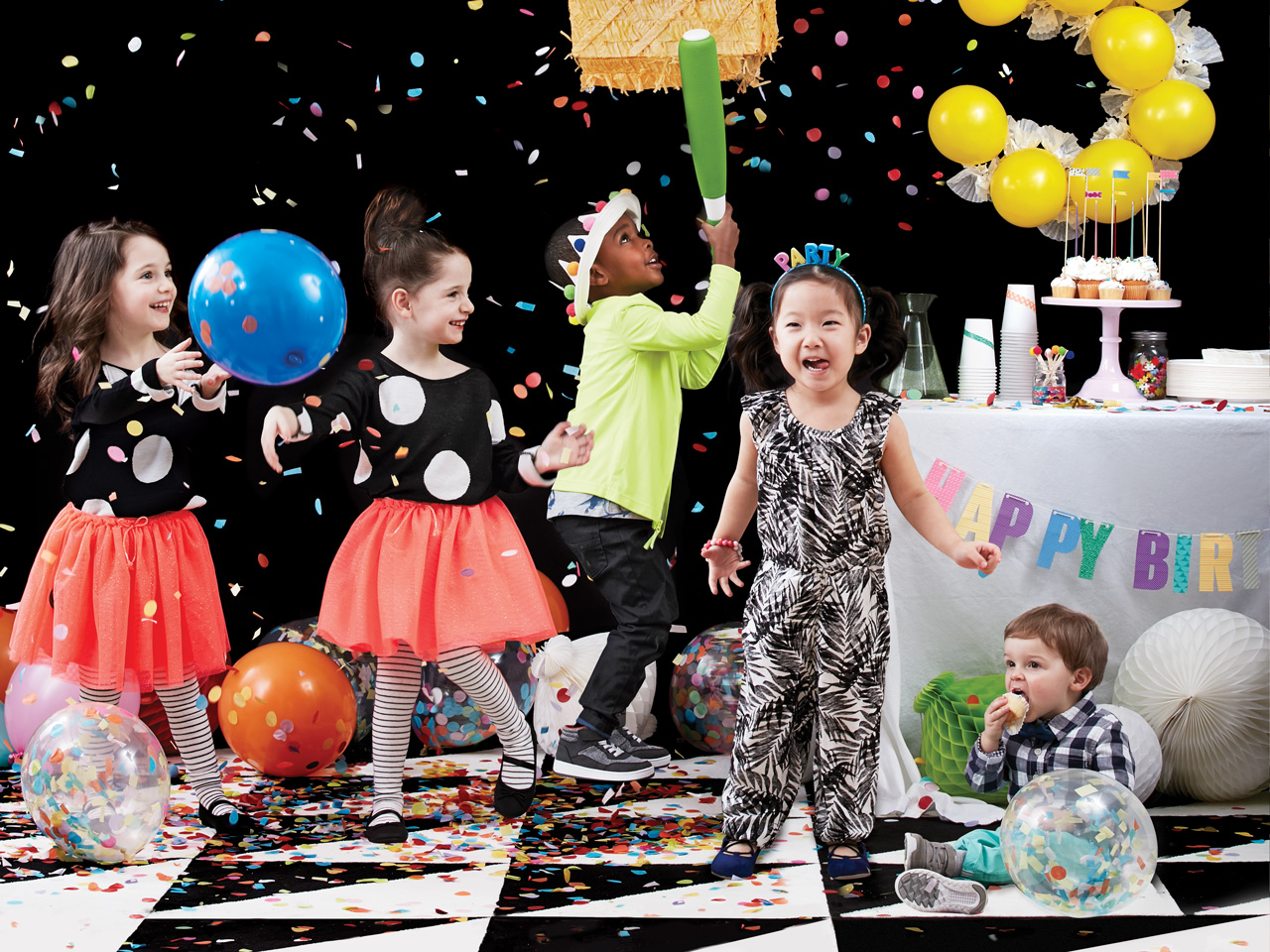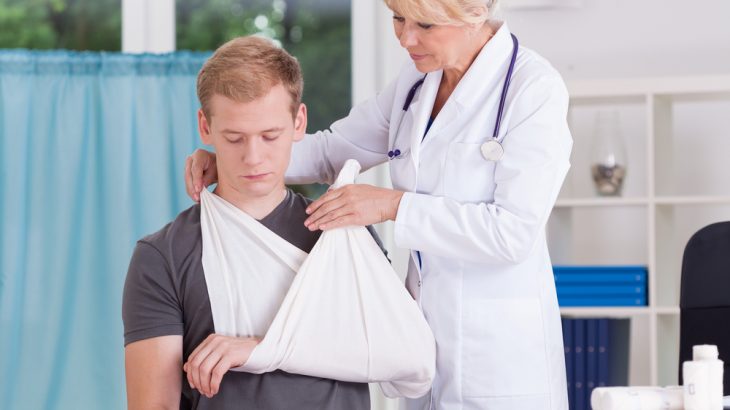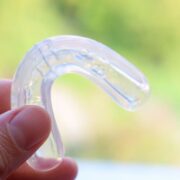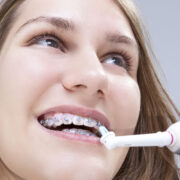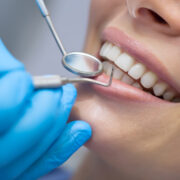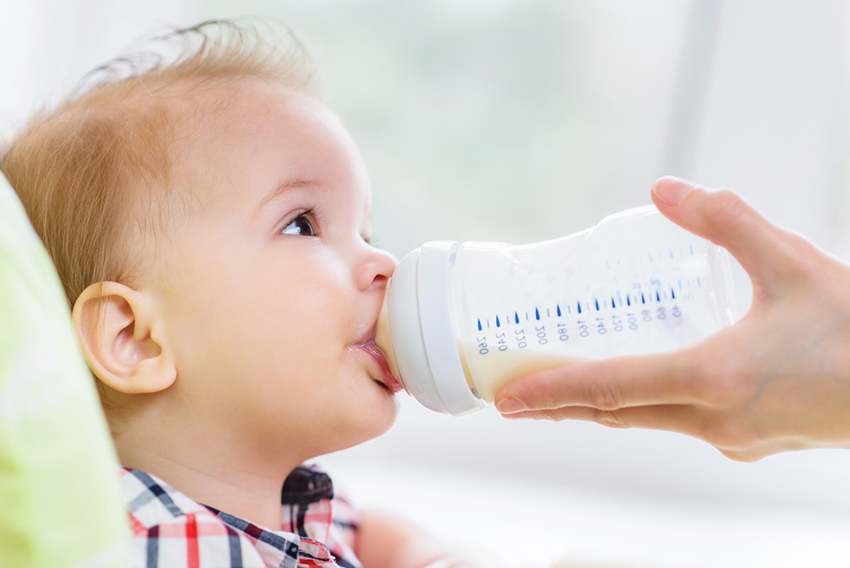
Parenthood is an experience that springs ecstasy yet gets quickly affected by anxiety over the well-being and safety of the new life. Suddenly, you find yourself in the responsibility of a vulnerable little human being who was happily in the protection of a womb until now. Now, being out and exposed to the external world, they are vulnerable to so many things, especially germs!
Scientifically speaking, when a child is born, their store of antibodies is limited to those that have been passed on from the mother during the last three months of pregnancy. This protection gives way in the first few months since birth. As the baby’s own immune system is still developing, they need protection from any bacterium and other harmful substances that may enter the body.
In case of allergies, mild bruises, or irritations on the skin, one can cure with a quality certified organic baby moisturiser made with fully natural, organic, and mild ingredients. But when the germs enter the body’s internal system, it can upset the tummy and weaken the baby’s delicate constitution. Therefore, anything that the baby has access to and is likely to put in their mouth must be sterilised.
To this end, it is vital to sterilise your baby’s feeding bottles and pacifiers. Regular use and exposure to air-borne germ particles cause harmful microorganisms to accumulate on the bottle. If these bacteria and viruses enter the baby’s body, they can lead to vomiting and diarrhoea. Even the tap water that you get at home may be contaminated and contain disease-causing microbes. Considering all this, it is necessary to sterilise bottles and pacifiers to prevent the little ones from falling sick often and ensure good health over the long term.
Sterilisation is the process of eliminating harmful microbes that may accumulate to the sides and surface of the feeding bottles, lids, pacifiers, etc. in course of regular use. It helps kill these microbes and cleans the baby’s feeding accessories thoroughly. Sterilising decreases the chances of any infections considerably. Baby bottles need to be sterilised every 2-3 days, if not daily until the baby is 12 months old. After that, the practice could be relaxed or even stopped altogether, depending on your baby’s health and the environment.
Sterilisation can be done through methods like boiling, steaming, or even putting the bottle in a bottle steriliser machine or cleaning them with an organic baby multi-purpose cleaner. All these methods are equally effective, and you can choose your method according to your personal convenience. Following are some of the common methods used to sterilise baby feeding bottles and pacifiers:
Boiling
This is the most common method of sterilisation used for the longest time all across the world. First, wash the bottles, lids, and nipples you are going to sterilise with made-with-organic multi-purpose cleaner and rinse well with clean water. Then, place them in a large saucepan filled with ample water such that all the equipment is fully immersed and there are no air bubbles.
Once the water comes to a boil, keep it rapidly boiling for five minutes. After that, turn off the gas and allow the water to cool naturally. You can shake the bottle to get rid of the extra dripping water. Do not use a cloth to wipe dry if the cloth itself is not sanitised.
If you are feeding right away, clean your hands and the kitchen surface where you will prepare the milk or formula, and then take out the bottle. If you are not feeding right away, put all the sterilised equipment in a clean, dry container, and keep in a refrigerator. By sterilising feeding bottles like this, you can also store breast milk or formula in them.
Steam Steriliser
One can buy steam sterilising machines for baby feeding equipment. Similar to boiling, its process uses heat to kill harmful microbes. It is a suitable option for parents living in urban apartments, and those who do not use gas cooking stoves. Steam sterilisers can be operated with the help of electricity by simply plugging in.
Clean the bottles, caps, etc. with soap and hot water first. When placing them in the steriliser, make sure to face the openings of the containers downward, to allow maximum exposure of the equipment’s inner surface to the steam for sterilisation. Follow the instructions given in the manual by the manufacturer which will specify the amount of water that needs to be put into the machine. The machine turns off on its own after the steaming process.
With organic multi-purpose cleaner
Mix one or two teaspoons of organic cleaner to a liter of warm water and immerse your baby’s feeding accessories fully for 5-10 minutes. After that, rinse with clean water and put away in a clean container inside the fridge.
An organic multi-purpose cleaner like that of goodness.me baby care brand is a super-safe solution made with organic lemon besides bio-cleansing agents and food-grade ingredients. Not just for feeding bottles and pacifiers, it is suitable for cleaning toys, tables, teethers, fruits, and vegetables too among many others so that your baby can enjoy a safe, natural environment free from harmful chemicals.
Keep these in mind:
- New baby bottles, pacifiers, etc must be sterilized before they are used for the first time
- Always buy toxin-free plastic bottles, free of BPA and other chemicals. Glass bottle is much safer to sterilise with heat than plastic bottles. However, they crack easily and need to be replaced
- Make sure that the feeding accessories are cleaned thoroughly with soap and clean water before sterilisation; you can use made with organic baby multi-purpose cleanerfor this because it’s super safe and has no nasty chemicals
- Be sure to read specifications on the nipple and sterilise them only up to their ability to withstand the heat of sterilisation
- Keep your baby or other children in the house away from the boiling saucepan and the steamer being used for sterilisation to avoid accidents
Sterilising your baby’s feeding bottles and accessories are vital to protect your baby against all kinds of germs and infections for their strength and health in the long term. However, this countermeasure against harmful bacteria needn’t keep you up at night when you have goodness.me multi-purpose cleaner. Sterilizing baby bottles, pacifiers, nipples, caps, and rings to protect a baby’s health, can be done in a jiffy without worry!

